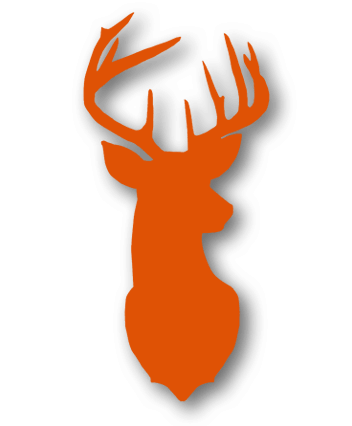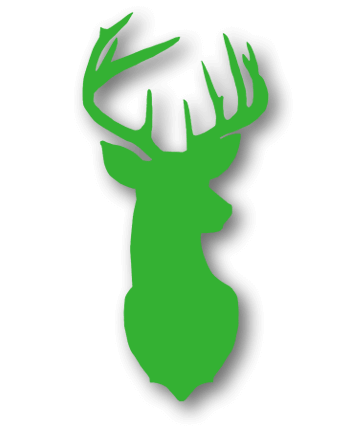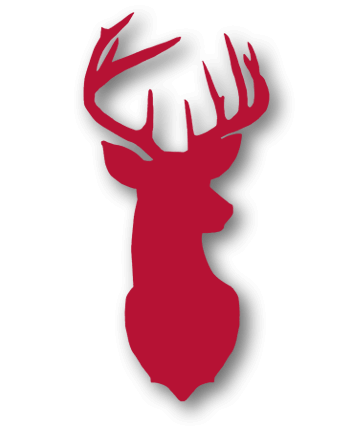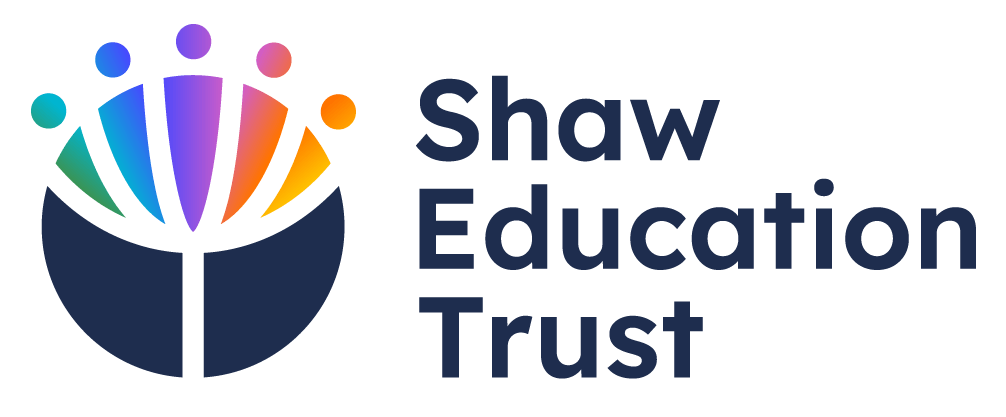HISTORY
Intent
At Redhill Primary School, we intend to give all pupils the opportunity to learn about the narrative that is the history of our world, nation and local area. Following the National Curriculum through the Opening Worlds curriculum in Key Stage 2, we aim for pupils to understand this narrative and to build on it themselves, creating inquisitive, learning loving characteristics in our future historians. Opening Worlds, is a knowledge-rich humanities programme for teaching History in Years 3 to 6. We intend for pupils to know the key history of the local area and to develop an understanding of where they come from.
Nationally, we want our pupils to learn about:
- key figures
- periods within history when significant change happened
- how this change shaped the world they live in.
When exploring outside of the United Kingdom, we want our pupils to discover:
- what happened throughout history,
- how this effected the United Kingdom
- how it influenced the world at that time.
As part of the narrative of History, we intend for pupils to understand the order of events and to build a picture of how they fit into the narrative throughout their journey in school. In school, we are very fortunate to have staff who have a genuine interest in history and who love teaching the theme. We have a member of staff who used to be a history teacher at secondary school and staff who have lived in the area since birth, giving them first-hand experiences which they can share with the pupils showing how the local area has developed over time.
We believe as a school that it is vital for our pupils to experience History, broadening their horizons and developing cultural capital; for example, trips to local and national museums are used. We want to give pupils a chance to build on their learning and understand further the developing world they live in.
Implementation
Our History curriculum, which utilises the work of Opening Worlds in Key Stage 2 and is created by our history lead in Key Stage 1, is taught as an individual subject in every half-term. The studies in Key Stage 2 have been mapped out by Opening Worlds in advance for each of the year groups from 3-6, working as individual years to cover the National Curriculum objectives.
Our History lessons are planned around areas of study that match the curriculum, work for our pupils and consider their enjoyment and prior experiences. We cover local, national and worldwide history through these studies.
Our planning process sees teachers working collaboratively to plan the following:
- The planning out of stories. The Opening Worlds curriculum is delivered very strongly through confident and fascinating storytelling. Lessons can begin or end with a story to help the children understand the true facts of the history they are learning, leaving misconceptions behind.
- A sequence of lessons which are carefully planned, with progression, through historical skills. It is also used to build a chronological progression through the period with key dates, people and places added to lessons.
- Quizzing is planned in at the end of every term to ensure that the knowledge has been understood.
- Consistent questioning that revisits the learning from the lesson, encouraging full sentence answers.
- Challenges added with key questions posed to encourage enquiry for pupils.
Trips and virtual experiences that will enhance the learning through the theme.
· Home learning which will enhance the pupil’s understanding and encourage them to learn more independently about their theme.
· Opportunities to use the in-class timeline.
Lessons are planned using the long-term planning, allowing teachers to see the progression running through year groups so that knowledge can be built upon. Within Key Stage 1 this has been planned out by our History lead, allowing the lessons to progress seamlessly into the Key Stage 2 curriculum designed by Opening Worlds.
The Opening Worlds curriculum understands the importance of explicit vocabulary teaching and incorporates it into every lesson. Each unit in Key Stage 2 is linked to a textbook and this is used alongside the storytelling of the teacher to build the children’s understanding within context. An example of this might be: words which are covered in Year 3 are used again in Year 4, such as ruler or government. They are then able to move onto learning vocabulary such as consul, senate and senator within the Year 4 Romans unit. This constant build of rich vocabulary sees our children develop a greater understanding of not only the topics but also what they are reading within specific lessons and across the wider curriculum.
As the pupils move through school, they learn more and piece together the jigsaw of time that is history, to aid this each class has a timeline within the room. When a new period of time is taught, this is added to the timeline, allowing pupils to not only build a picture of time, but also allowing them to see how it fits in comparison to the current day. This timeline transfers with each year group as they move through the school so they are adding to their own journey through time. In Key Stage 1, we do not refer to times as BC or AD instead referring to this as time beyond living memory and within living memory. Then once pupils move into Key Stage 2 they are taught about BC and AD and how they relate to the previous terms they learnt.
Impact
Our History curriculum is monitored by our History lead, with regular opportunities for staff feedback, checks of National Curriculum coverage, pupil voice and celebrating the success and highlighting our next steps used. We also work alongside the Opening Worlds team and other schools within the Shaw Education Trust to ensure that staff have the most up to date CPD opportunities. This allows us to stay up to date with any changes to the History curriculum.
The impact of our History curriculum can be seen through: the outcomes of pupils, formative assessment, the work that they produce within their books, cross-curricular work that is completed and also through pupil voice when we discuss the timelines used in class and their understanding of chronology within History.
We expect that our pupils will leave school at the end of Year 6 from Redhill Primary School with the following:
- A secure understanding of chronology across history seeing how they fit within this.
- A secure understanding of local history, national history and worldwide history, with links being able to be made between all three.
- A deeper understanding of how periods, people and places in history have affected this period, this country and the area within which they live.
- To be inquisitive learners who always want to learn more about themes that interest them. In particular being able to question themselves how things have changed, what caused them to change and the significance this has had throughout history.

Ambition

Never Give Up

Teamwork

Love Learning

Equality & Fairness

Respect


